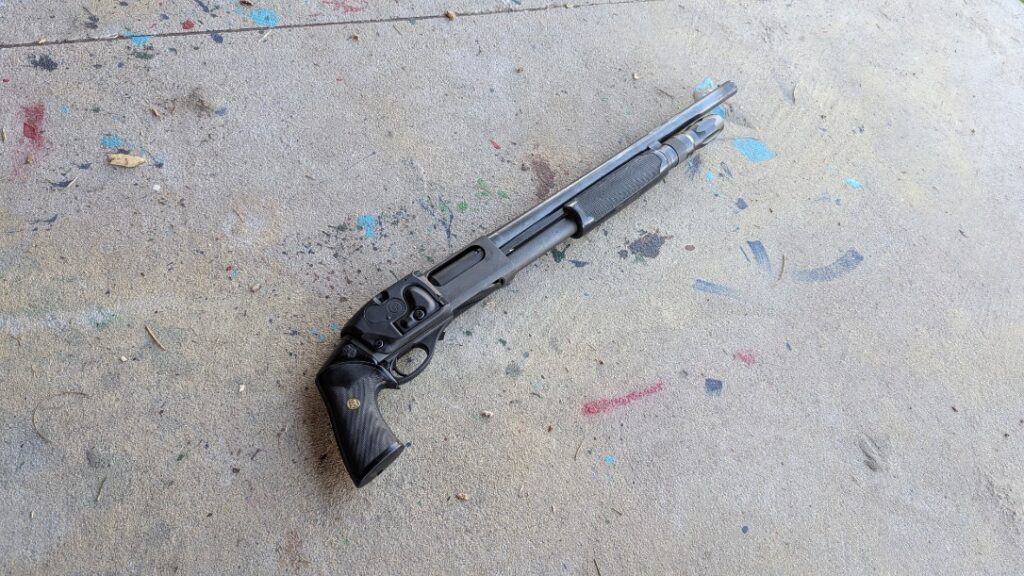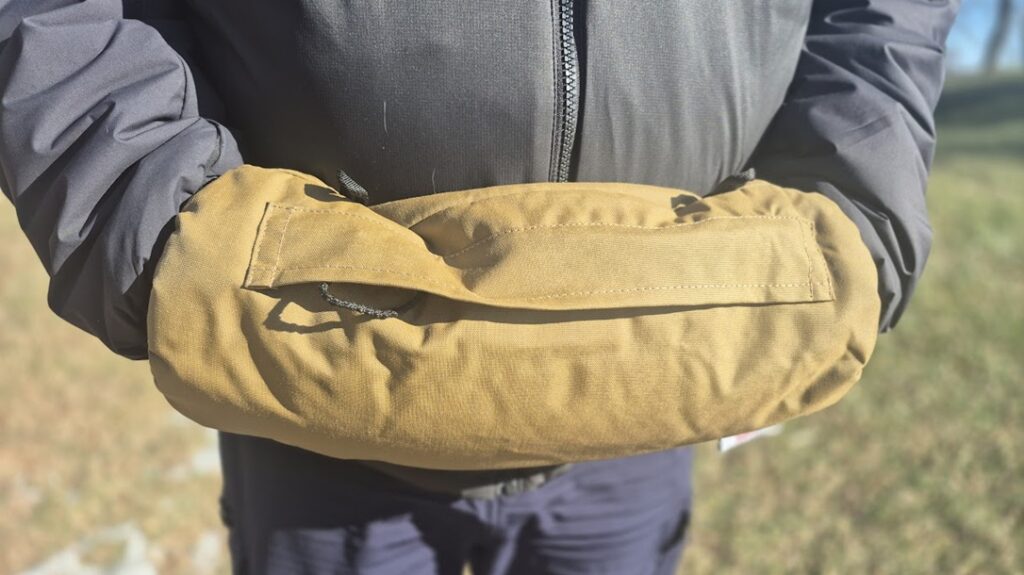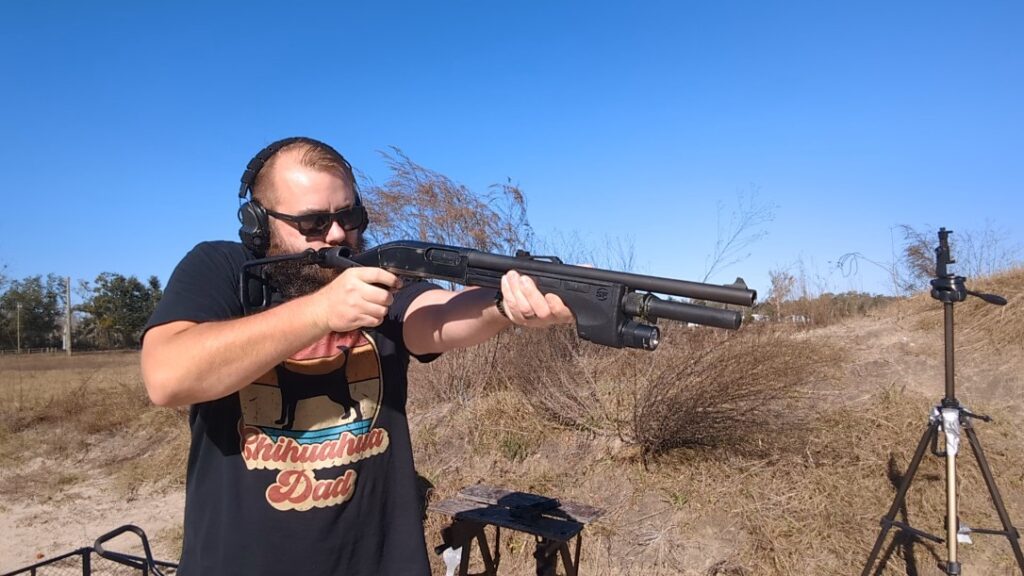Train, train, train. We should all be so lucky to get out there and train in a broad degree of different skills. Recently, Safariland hosted an event in Central Florida that gave a lucky few gunwriters a chance to train with Rich Graham and his crew at Full Spectrum Warriors. We covered a wide variety of topics, including a hearty course in weapon retention from both Safariland and Rich Graham. Safariland focused on the holster aspect of retention, and Mr. Graham and the company focused on the practical steps that shooters can take to keep their weapons.
Full Spectrum Warrior’s focus on weapon retention was built on three different stages of training. We had to prevent takes from the holster, fighting over the gun that was already out of the holster, and how to employ the weapon as an impact weapon in extreme close-quarters combat. We trained at the Full Spectrum Warrior facility, which was a sprawling training environment hidden down a couple of miles of dirt road. The hidden little deep woods facility has everything from vehicle courses to a shoot house and even an obstacle course.
The Retention – The Art of Holding On
As one would expect, the training used Safariland holsters. We used inert training tools in the shape of firearms that were locked into the holsters well. Our first bit of instruction was based on keeping the gun inside the holster.
Advertisement — Continue Reading Below
Rich explained that the Safariland retention devices were capable of keeping the gun in the holster as long as we kept the bad guy away from the gun. Instead of focusing on putting both hands over the weapon for retention, we focused on physically dissuading a grab through avoidance and simple but efficient strikes, as well as control techniques against an opponent.

There was a big focus on keeping the holster on the opposite side of the attacker and preventing bear hugs and similar disarmament techniques. We paired up and practiced the basic techniques at increasingly higher speed and force. Not a single inert training firearm was removed from a holster. In fact, my partner and I fought so hard over the gun we ended up breaking the ALS lever on a holster—but the gun never left the holster.
Advertisement — Continue Reading Below
Our combative techniques were very simple but also effective. They didn’t require hours of training to understand and master, which I think is the perfect technique for most people. It’s simple, with a focus on forcefully dissuading the grab while creating distance to allow firearm use.
Retention and A Gun In The Hand
The next part of our training started with one shooter having the gun in hand and the other person attempting to grab it. We were not necessarily trained in disarms but were taught how they work purely for the act of resisting the disarm. This portion of the training was broken into two parts. The first technique involved a shooter pointing the weapon and a bad guy grabbing the gun.
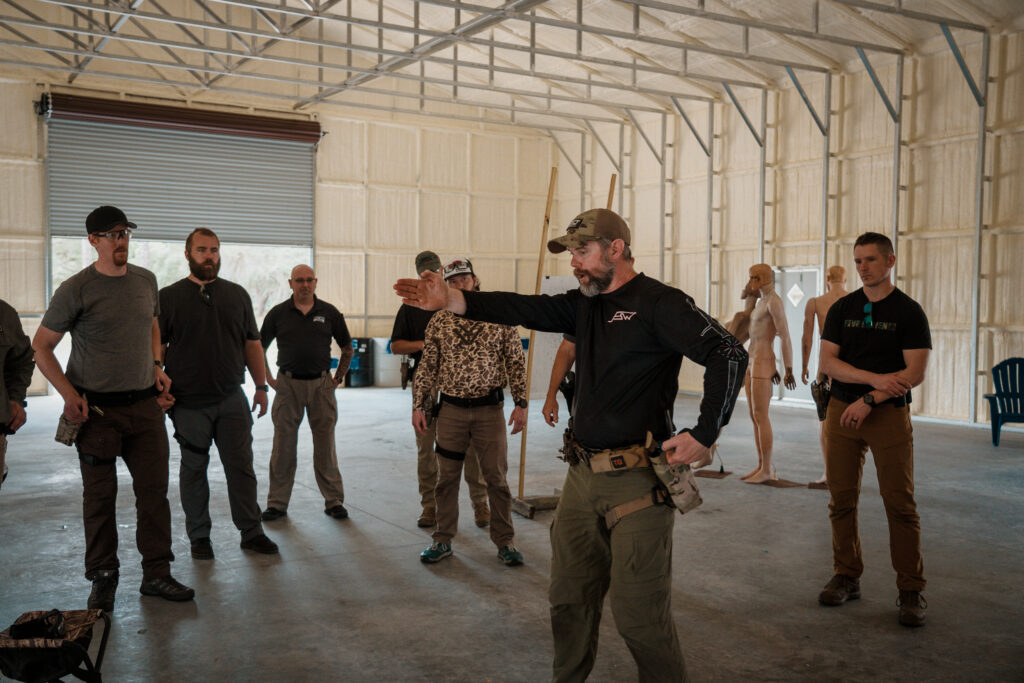
Advertisement — Continue Reading Below
The shooter was then taught how to use leverage to go with the take and reposition their body and arm to provide the most resistance against the grab. Once the proper position was established, we were taught a push or pull technique to free the gun from the grab and engage the threat.
The second part was pure wrestling for the gun. We took it to the ground, and each student got a hand on the weapon. The shooter started with their hand on the grip, and then the taker grabbed wherever they wished. Then, the two students or an instructor and student went at it. It was a fight and a good one.
During this entire portion of retention training, Rich commented on and directed the students on how to resist certain grabs, takes, and tactics. You can’t predict or explain every scenario as an instructor, so taking every opportunity to point out strategies and techniques in the randomness of a fight or struggle paid off.
Advertisement — Continue Reading Below
Pistol-Whipping
The last part of the retention class focused on using the weapon as a striking tool. We didn’t practice on each other but used padded boards to strike. The focus was on how to use the weapon to strike, which I referred to as professional pistol whipping.
It was explained that using a gun as an impact weapon is a very niche thing to do but gives you an option if a shot simply isn’t available or if you’re wrestling over the weapon and have the opportunity to.
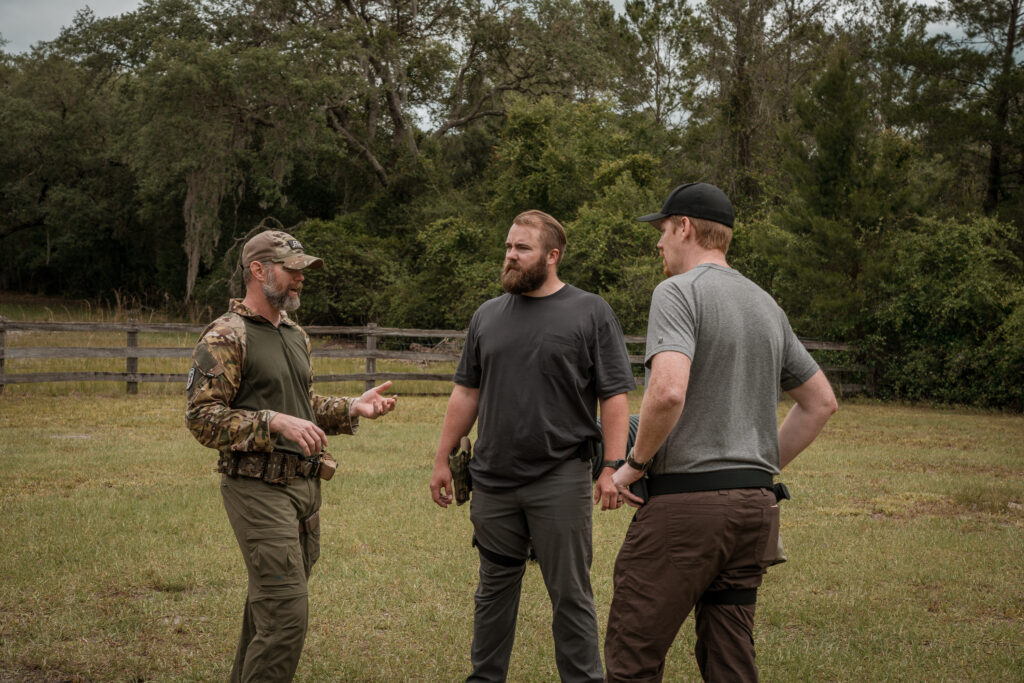
Advertisement — Continue Reading Below
The real focus was striking with the weapon, then creating distance so the gun could be fired. It was simple and a good way to end a sweaty, dirty class.
Full Spectrum Warriors
The material presented was very easy to understand, and Graham and the crew took their time breaking down each portion of each drill and technique. Questions were considered and answered throughout the class. Graham was never afraid to stop and put himself in the middle of the action, either. He’d demonstrate or even be the class dummy for demonstrations.
The Full Spectrum Warriors facility and staff were top-notch, and I plan to use a variety of techniques and practices to keep training and stay sharp. The company mostly trains law enforcement, but if you can find your way into the occasional open class, I would highly recommend it.
Advertisement — Continue Reading Below


